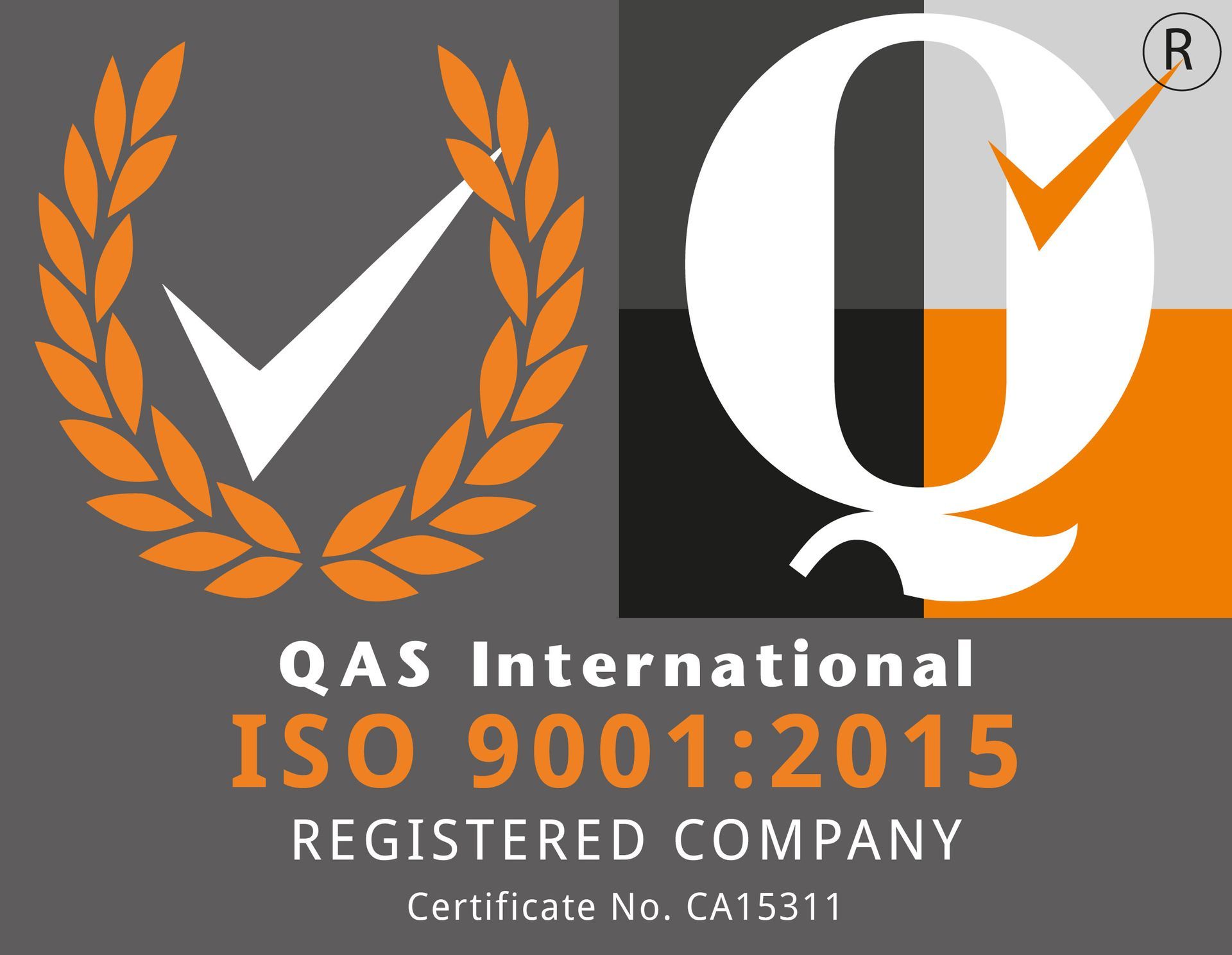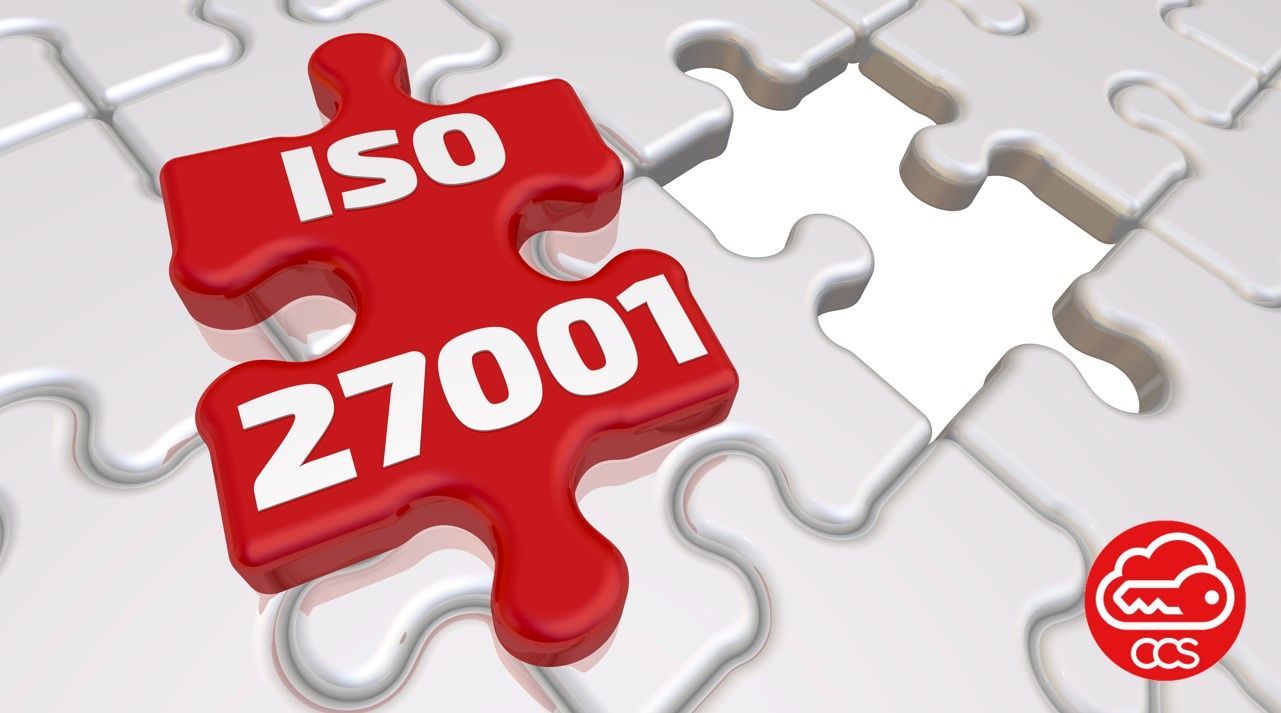Enhancing Mobile Device Security with ISO 27001:2022
Mobile devices have become an indispensable part of our daily lives. From iPhones to Android smartphones, these devices store and access sensitive information, making mobile device security a paramount concern for organizations. While ISO 27001:2022, an international standard for information security management systems (ISMS), doesn't specifically target mobile device security, it provides a robust framework for organizations to bolster the security of all IT assets, including mobile devices.
In this article, we explore how ISO 27001 can help enhance the security of Apple and Android devices within your organization.
- Risk Assessment: Identifying Mobile Device Vulnerabilities
- This standard begins with a critical step: conducting a comprehensive risk assessment. This process involves identifying potential security threats and vulnerabilities, including those related to mobile devices. For Apple and Android devices, risks may encompass data breaches, unauthorized access, and the loss or theft of devices. By pinpointing these risks, organizations can implement appropriate security controls to mitigate them effectively.
- Security Policies and Procedures: Crafting Mobile Security Guidelines
- One of the key requirements is the development of information security policies and procedures. These policies lay the foundation for secure practices within your organization. To address mobile device security, create specific policies and guidelines covering topics such as device encryption, strong authentication methods, and mobile app security. These policies should provide clear instructions for securing both Apple and Android devices.
- Access Control: Fortifying Mobile Device Access
- Access control is a fundamental aspect of the standard. Organizations can strengthen mobile device security by implementing robust authentication mechanisms, such as passcodes, biometrics, or multi-factor authentication (MFA). These measures ensure that only authorized users can access sensitive data on mobile devices, safeguarding against unauthorized access.
- Physical Security: Protecting Devices on the Go
- It also emphasizes physical security measures. For mobile devices, this means implementing policies and controls to protect against theft or unauthorized access. Consider measures such as device tracking, remote wipe capabilities, and secure storage when devices are not in use. These precautions are essential for safeguarding sensitive data on the move.
- Employee Training: Promoting Mobile Device Security Awareness
- Employee awareness and training are paramount. Educate your workforce about mobile device security best practices, including safe app downloads, recognizing phishing attempts on mobile devices, and promptly reporting lost or stolen devices. Well-informed employees are a crucial line of defence against mobile device vulnerabilities.
- Mobile Device Management (MDM): A Practical Approach
- While not explicitly required by the standard, the use of Mobile Device Management (MDM) solutions can significantly enhance mobile device security. MDM solutions allow organizations to remotely configure, monitor, and manage mobile devices, enforcing security policies and ensuring compliance. They provide a practical means of managing and securing both Apple and Android devices within your organization.
- Incident Response: Reacting Swiftly to Mobile Security Incidents
- It mandates the development of an incident response plan. Include specific procedures for responding to security incidents involving mobile devices, such as data breaches or lost devices. A well-defined incident response plan ensures swift and effective responses, minimizing potential damage.
- Regular Audits and Assessments: Ensuring Ongoing Mobile Security
- Regular audits and assessments of the ISMS are a core requirement of this standard. Include mobile device security in these assessments, evaluating the effectiveness of controls and identifying areas for improvement. Continual assessment helps organizations adapt to evolving mobile security challenges.
- Continuous Improvement: Staying Ahead of Mobile Security Threats
- ISO 27001 is built on the principle of continuous improvement. Regularly review and update your mobile device security measures to stay ahead of emerging threats and technologies. Incorporate lessons learned from security incidents and adapt your policies and procedures accordingly.
- Vendor Management: Evaluating Mobile App and Service Providers
- If your organization relies on third-party mobile apps or services, the standard encourages thorough vendor risk assessments. Assess the security practices of app developers or service providers to ensure they meet your security standards. Consider the security implications of third-party apps installed on Apple and Android devices within your organization.
While ISO 27001:2022 may not explicitly target mobile device security, it provides a robust framework for organizations to enhance the security of Apple and Android devices. By conducting risk assessments, crafting security policies and procedures, implementing access controls, and addressing mobile-specific security concerns, it helps create a holistic information security environment.
This approach ensures that mobile device security is an integral part of your organization's broader security strategy, safeguarding sensitive data across all devices and platforms in an increasingly mobile-centric world.


